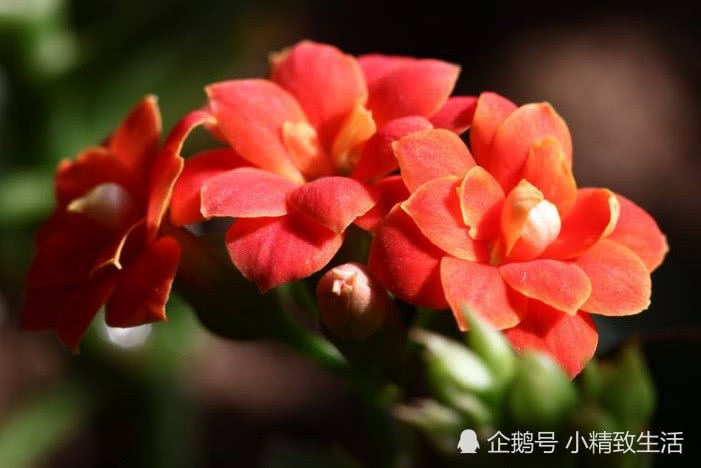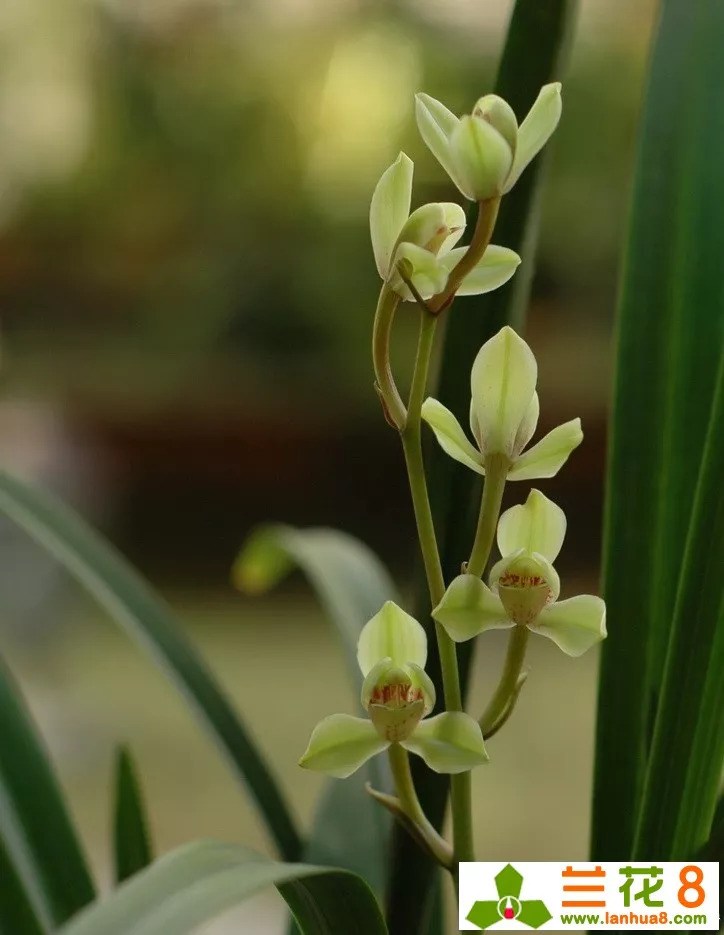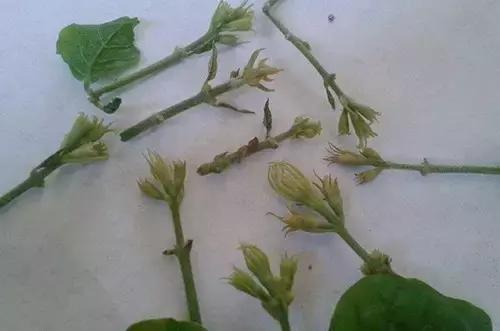One branch or even one leaf can grow a new pot of longevity flowers and no longer have to go to the flower market.

There is a saying in the flower circle that "there is meat and longevity", in which "meat" refers to succulent plants, and "longevity" refers to longevity flowers. Of course, longevity flowers are also a kind of succulent plants, so we don't have to take these sayings too seriously. However, the longevity flower not only implies auspiciousness, but also blooms in a variety of ways and looks very beautiful. Therefore, the longevity flower is also a very popular family flower, and many people like to buy one or more pots of longevity flowers and take them home to keep.
In fact, longevity flowers can be propagated by cutting branches or leaves. Here's a little exquisite to learn how to cut longevity flowers. You can save a lot of money to buy flowers later.
1. Leaf cutting
Longevity flowers can be planted in leaves all the year round, but they are most likely to survive in summer and autumn. When pruning the branches and leaves of longevity flowers, you can cut and insert them as you like.
In the pruned longevity flower branches and leaves, choose the large and thick leaves without disease spots as the mother leaves, so that the mother leaves can have enough nutrients to support their rooting and sprouting, and be careful to ensure their integrity when picking leaves from the branches. don't hurt the growing point of the petiole.
Because the process of rooting of longevity flowers and leaves is relatively long, so after the mother leaves are picked, it is recommended to soak them with rooting water, which can speed up the speed of rooting. After soaking, put it in a ventilated and cool environment until the wound dries and shrinks.
Insert the petiole of the treated mother leaf obliquely into the basin soil and keep the basin soil moist until it takes root and sprouts.
The process of rooting and sprouting of leaf cuttings is relatively long, slow and even takes five or six months, so if you accidentally hit a few leaves, you can cut leaves in order to avoid waste, and if you need rapid propagation, you can use branch cutting.
2. Branch cutting
The branches of longevity flowers can also be operated all the year round, so just pay attention to the heat preservation in winter.
Select the strong longevity flower branch, cut the branch into a small segment every two nodes, retain the leaves of the upper node, and remove the leaves of the lower node (the picked leaves can be used for leaf insertion).
You can soak it in rooting water or not, but no matter whether you soak it or not, put a small piece of paper in a ventilated and cool place to dry and shrink the wound.
After drying the wound, insert the note into the basin soil, be careful not to reverse the order, bury the lower node, water it, and then keep the basin soil wet until it takes root and sprouts.
The speed of branch insertion is much faster than that of leaf cutting. it can take root in two to three weeks and can be put on the pot after a month.
3. Pruning
In the process of growth, longevity flowers need to be pruned constantly to keep their branches luxuriant. However, it should be noted that the longevity flower can not be topped or plucked before flowering, because the longevity flower must have three pairs of branches before it can blossom. If it is topped before flowering, it may lead to non-flowering.
After the longevity flowers and leaves or branches are put into the pot, the first coring is needed when it grows to five or six centimeters, so as to eliminate its apical dominance and stimulate the germination and growth of lateral branches.
When the longevity flower grows to about ten centimeters, a topping can be carried out to remove the buds from the top of the longevity flower to make it produce more terminal buds.
During the growth of longevity flowers, pay attention to often cut off the branches that are not growing well and are too dense.
Note: the above pruned branches can be cut into branches or leaves!
So, isn't it super easy? Learn to hurry up and let longevity flowers grow all over your balcony!
Small exquisite life arrangement and release, hope to be helpful to you!
- Prev

Suggestions on the Selection and Introduction of Orchid
Carry forward the national orchid culture, spread orchid knowledge orchid selection and introduction is very complex, such as poor seed selection will directly affect your enthusiasm for orchid cultivation; the introduction of inferior grass, fake grass on your economic interests directly damaged. For this reason, in Lan...
- Next

September or another year.
It was mid-September, and the autumn tiger gradually receded. The temperature was pleasant, and the sunlight receded from the summer. Many flowers entered the best cutting period in autumn. Those who wanted to cut these flowers should start preparing. Jasmine 1, Jasmine...
Related
- Wuhan Hospital Iron Tree Blooming Result Was Instantly Frightened by the Gardener Master
- Which variety of camellia is the most fragrant and best? Which one do you like best?
- What is the small blue coat, the breeding methods and matters needing attention of the succulent plant
- Dormancy time and maintenance management of succulent plants during dormancy
- Minas succulent how to raise, Minas succulent plant pictures
- What are the varieties of winter succulent plants
- How to raise succulent plants in twelve rolls? let's take a look at some experience of breeding twelve rolls.
- Attention should be paid to water control for succulent plants during dormant period (winter and summer)
- Watering experience of twelve rolls of succulent plants
- Techniques for fertilizing succulent plants. An article will let you know how to fertilize succulent plants.

